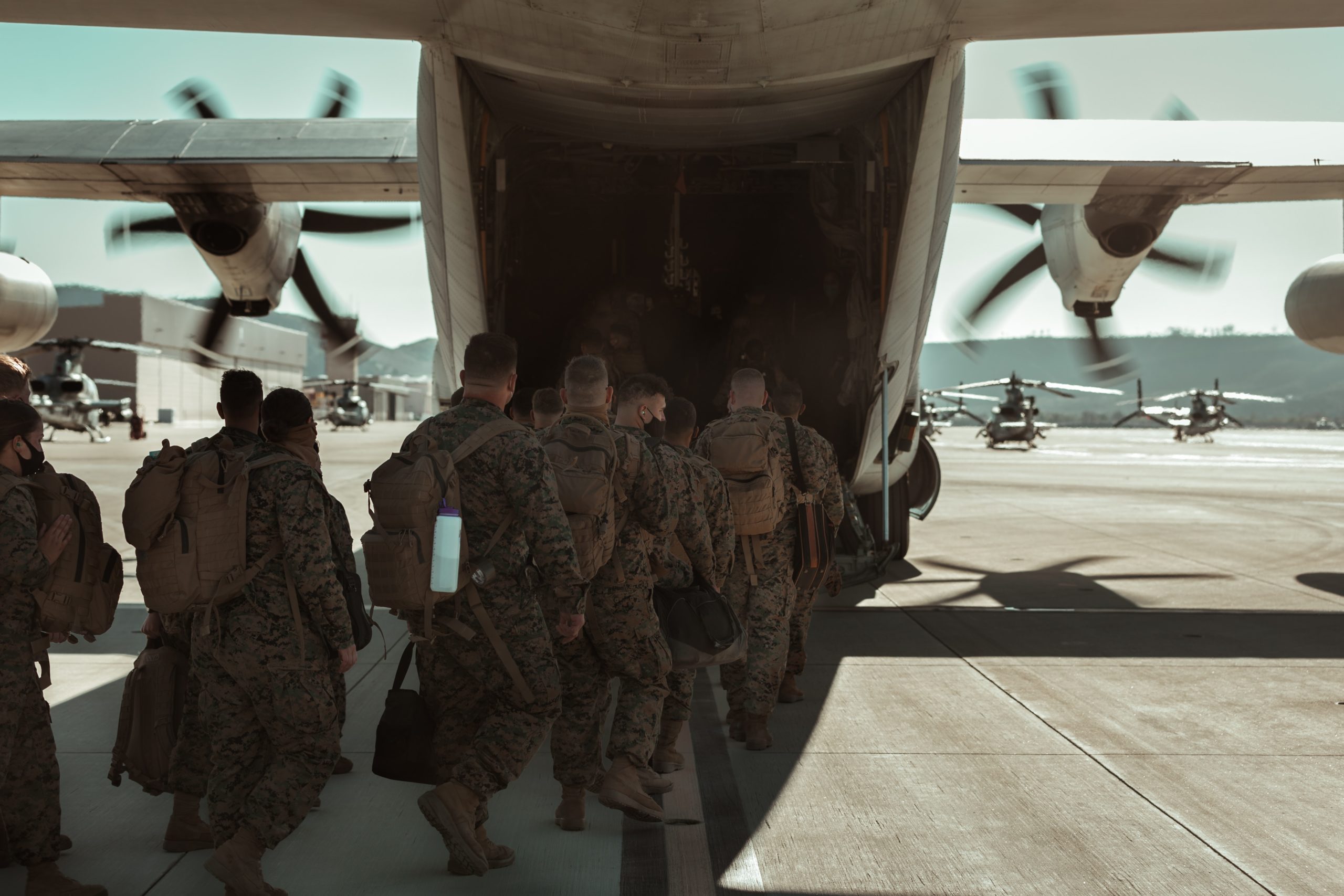The Global War on Terror (GWOT) is premised on two ideas: That terrorism is a distinct type of violence, and that war is the best way to stop it. My research, released last month by Costs of War, found that neither is true.
Despite waging a nearly 20-year war against it, the US government remains unable to clearly define what constitutes “terrorism.” A rat’s nest of ever-shifting, sometimes contradictory definitions sits at the core of counterterrorism efforts. In 2008, the US defined terrorism in more than 20 different ways. Between 1982 and 2004, the US Department of State changed its definition of terrorism no fewer than seven times. A 2012 study found 260 separate definitions used by academics.
The US choice to respond to the attacks of 9/11 with war was a choice. In the name of counterterrorism, the US has sown violence across the world, all the while creating exactly the conditions which are most likely to sustain violent groups.
In practice, terrorism exists in the eye of the beholder. It is whatever form of political violence we do not like. “Terrorist” is an often racialized epithet launched at political opponents, including domestic actors. Participants in the Jan. 6, 2021 insurrection have been called “terrorists,” as have Black Lives Matter protesters. Depending on perspective, either group might meet the current Pentagon definition, which states that terrorism is: “The unlawful use of violence or threat of violence, often motivated by religious, political, or other ideological beliefs, to instill fear and coerce individuals, governments or societies in pursuit of terrorist goals.” Both “terrorist goals” and “violence” are left undefined. With such quicksand definitions, it’s no wonder that the GWOT is waged against a perpetually morphing enemy.
Before the 9/11 attacks, the US had treated acts of terrorism as crimes and primarily addressed them through arrest and trial. For example, in 1995, when the Oklahoma City bomber killed 168 people and decimated a federal building, he was arrested and made to stand trial for his crimes. This law enforcement paradigm was also the international norm and had been successful in quelling the threat of a variety of terrorist groups. In the early 1970s, the Japanese Red Army Faction, a militant leftist group staged attacks on the Tel-Aviv airport, an oil refinery in Singapore, and on French, US, and Swedish embassies. Japan was able to successfully address the problem by arresting and prosecuting those responsible for the attacks.
So, what changed?
THE WRONG PATH
In his declaration of war on Sept. 12, 2001, President George W. Bush called the prior day’s attacks “more than acts of terror. They were acts of war.” This was a paradigm shift — the moment at which terrorism became war. It was not inevitable. The attacks did not legally constitute war, and White House officials considered a criminal justice solution. The White House chose a war path, launching an invasion of Afghanistan, and later Iraq. Since 2001, the US has poured an astounding $8 trillion into a war effort spanning 85 countries.
Yet, studies have shown that military force is one of the least effective tools against terrorist groups. In 2008, a RAND study was performed for the Secretary of Defense and Joint Chiefs of Staff. After analyzing the primary cause of the demise of 648 terrorist groups across history, it found that only 7% of terror groups have been ended by war. Far more frequently, groups have laid down arms to become political parties (43%) or had their operations interrupted by local policing efforts (40%). The violence and destruction of the GWOT has destabilized the Middle East and legitimized the idea that the US is fighting a war on Islam. These actions have increased the recruiting capacity of militant groups, an effect that government officials have called “blowback.” When people see their homes, families, or communities destroyed by US military action, they have more reason to join opposition groups.
Historically, terrorist groups are most likely to end by joining the political process. After years of negotiations with the British and Irish governments, the Provisional Irish Republican Army laid down arms and was subsumed under its political branch, Sinn Féin. In 2011 the Basque separatist group ETA turned to nonviolent politics as the party Bildu. Similarly, the Revolutionary Armed Forces of Columbia abandoned violent tactics in 2017 and became the political party Commons after negotiation with the Colombian government.
My research documents 10 alternative approaches, organized into five paradigm types: Coercive, proactive, persuasive, defensive, and long-term. War and criminal justice are both coercive models, using force to disrupt groups after they have formed. Proactive counterterrorism uses intelligence to identify and disrupt violent groups before they act. Persuasive approaches focus on terrorism as a communicative act and aim to disrupt those communications or dissuade people from using violent tactics. Defensive models assume that attacks will occur, and work to mitigate their impact. Finally, long-term models, including conflict resolution, aim to prevent terrorism by addressing the “root causes” that drive people to violence.
PRIORITIZING HUMAN SECURITY
There is a political imperative to reframe “security” to address healthcare, infrastructure, and climate concerns. In the 24 years between 1995 and 2019, 3455 US citizens were killed in terror attacks while GWOT has directly killed 929,000 people. More than 45,000 US citizens die each year because they do not have access to health insurance. The growing climate crisis creates floods, wildfires, and storms that threaten lives and livelihoods across the globe. Human security is far broader than counterterrorism — and militarized counterterrorism doesn’t always guarantee human security.
The US choice to respond to the attacks of 9/11 with war was just that — a choice. It was not inevitable. Furthermore, the justification for these wars is hollow. The US has sown violence and destruction across the globe in the name of counterterrorism, all the while creating exactly the conditions which are most likely to sustain violent groups. We have created a perpetual war machine. To stop it, we need to admit that the emperor has no clothes.
Jennifer Walkup Jayes is an independent scholar and author of “Beyond the War Paradigm: What History Tells Us About How Terror Campaigns End.” She has a MA in anthropology from American University.




















